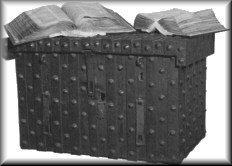| In the time of Edward the
Confessor 'King of England', born in 1003, Holdenhurst was held by Tostig, Earl
of Northumbria and brother to King Harold II. For his maltreatment of the
Northumbrians Tostig was deprived of his Earldom. Later he rebelled against
Harold and was killed fighting along side the Norwegian King Harold Hardrada at
the Battle of Stamford Bridge near York, on the 25th September 1066 (about
three weeks before the Battle of Hastings). It is possible that men from the
village of Holdenhurst fought at Stamford Bridge. King Hardrada was also killed
during the battle. |
|
